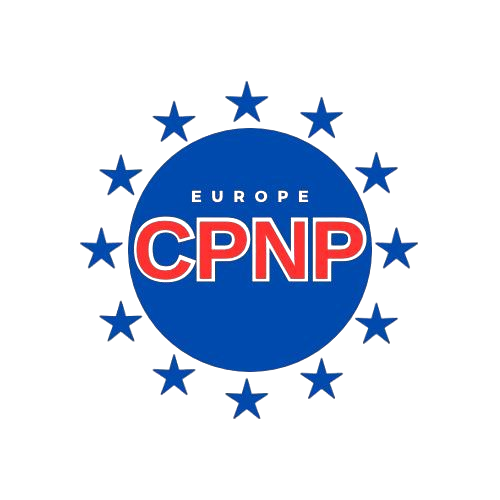Everything You Need to Know About Launching Cosmetic Products in the EU
If you want to launch cosmetic products in the European Union (EU), you must comply with Regulation (EC) No. 1223/2009 on cosmetic products. Here are the key steps:

1. Ensure Product Safety and Compliance
- All ingredients must comply with the Annexes of Regulation (EC) 1223/2009.
- The product must not contain prohibited or restricted substances.
- The cosmetic must be safe for consumers under normal conditions of use.
2. Appoint a Responsible Person (RP)
- Each product must have a Responsible Person (RP) based in the EU.
- The RP ensures compliance with safety, labeling, notification, and legal requirements.
3. Prepare the Product Information File (PIF)
- This includes the product formula, safety assessments, manufacturing process, and labeling details.
- The PIF must be kept for 10 years after the product was last placed on the market.
4. Conduct a Safety Assessment
- A certified toxicologist must conduct the Cosmetic Product Safety Report (CPSR).
- The CPSR includes toxicological data, exposure assessment, and risk analysis.
5. Notify the Product in the CPNP (Cosmetic Products Notification Portal)
- Before being sold in the EU, the product must be registered in the CPNP.
- Once notified, the product can be legally marketed across all EU countries without additional approvals.
6. Ensure Correct Labeling
The label must include:
✔ The name and address of the Responsible Person
✔ Net quantity
✔ List of ingredients (INCI)
✔ PAO (Period After Opening) symbol or expiration date
✔ Batch number
✔ Usage warnings (if applicable)
✔ Product function
7. Comply with the Animal Testing Ban
- Animal testing for cosmetics is banned in the EU.
- Products must be tested using approved alternative methods.
8. Follow Advertising and Marketing Claims Regulations
- Claims like "anti-aging," "natural," or "dermatologically tested" must be supported by scientific evidence.
- The EU prohibits false or misleading claims about cosmetic products.
9. Ensure Compliance with GMP (Good Manufacturing Practices)
- Production must follow ISO 22716, the international GMP standard for cosmetics.
10. Register as an Economic Operator (if required)
- Some EU member states require businesses to register as importers/distributors.
- Check national regulations for specific requirements.
Conclusion
By following these steps, your cosmetic product can be legally marketed in the EU. To avoid legal issues, consider working with regulatory experts.

